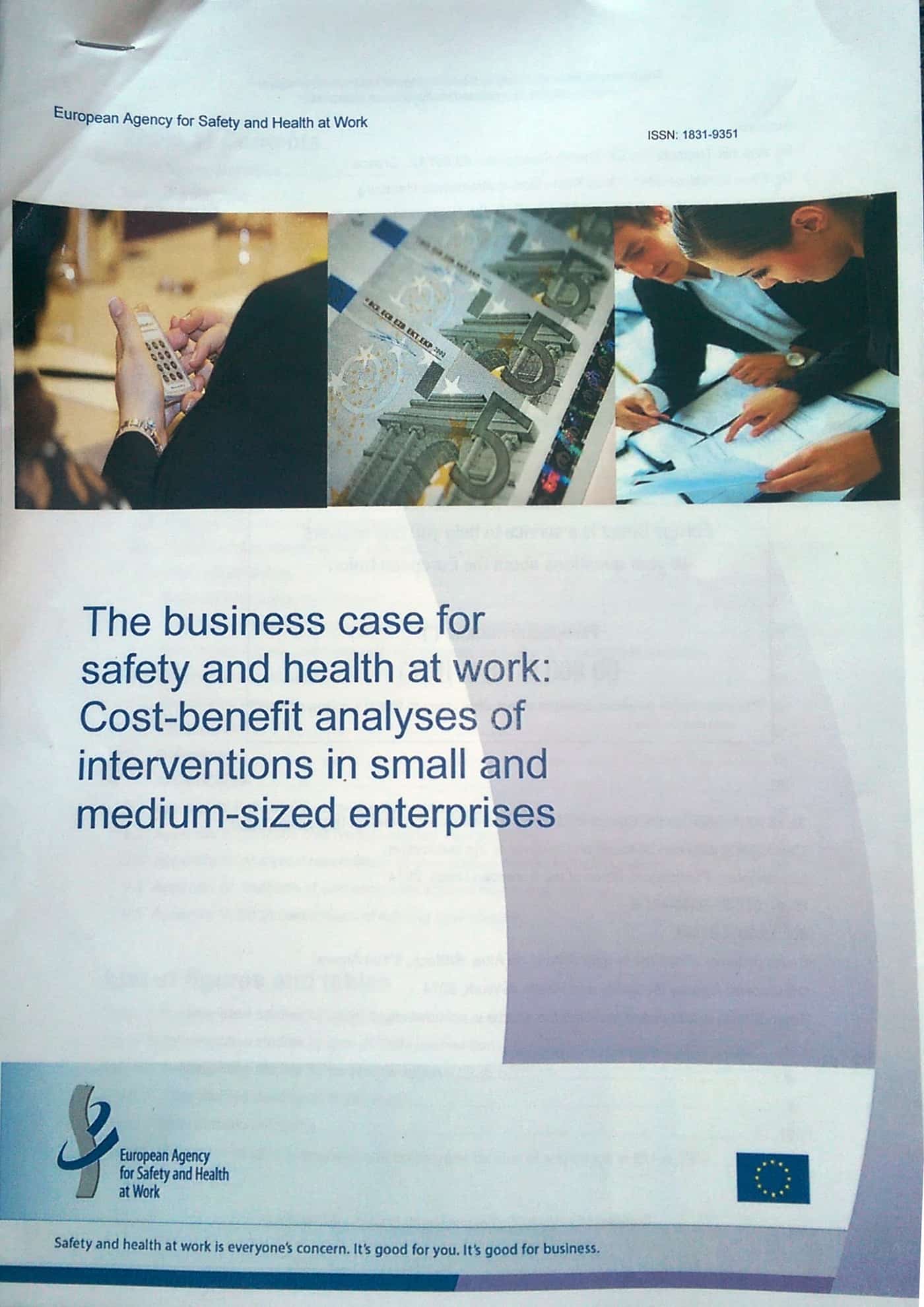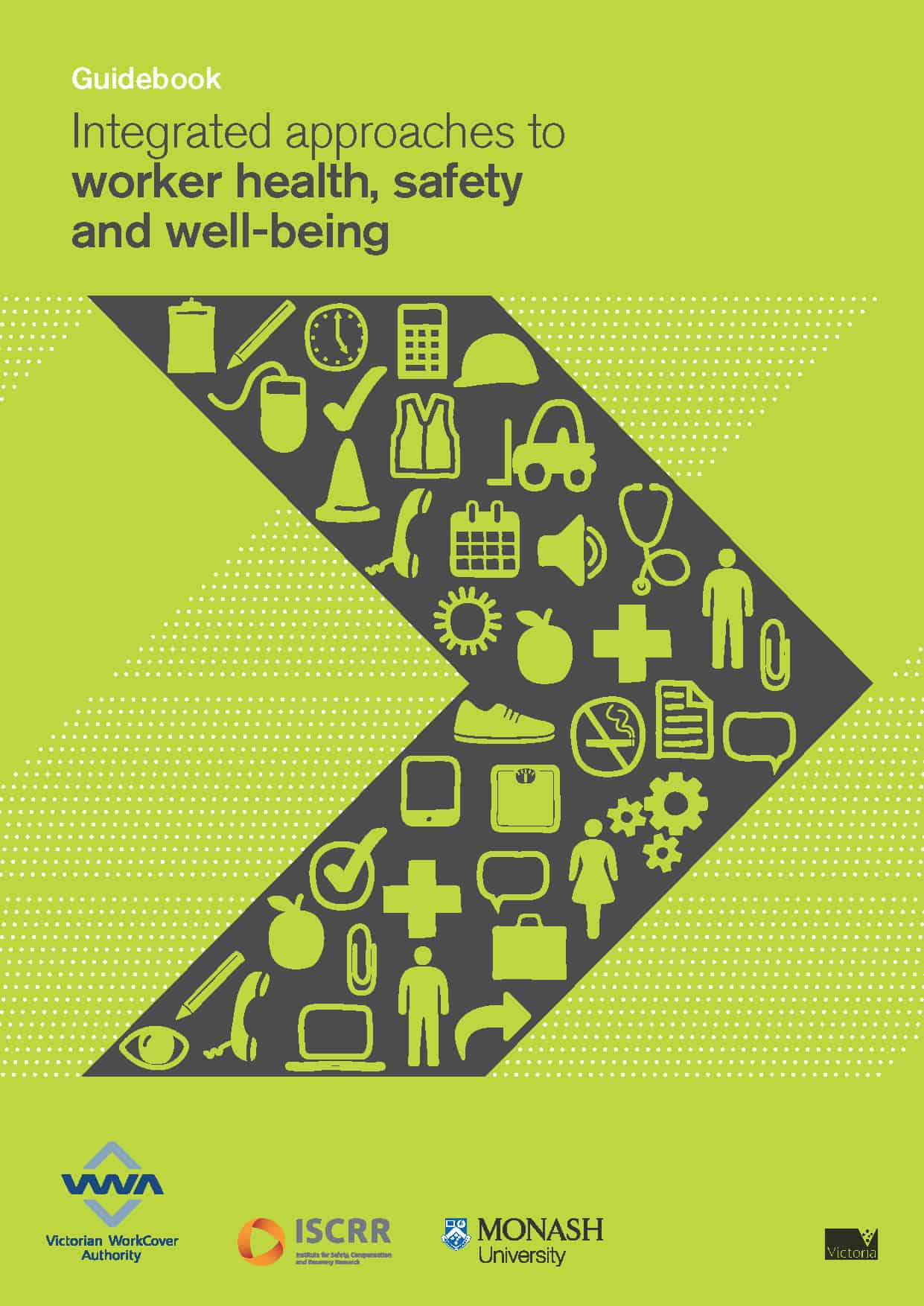 One of the most ignored, but important, elements of occupational health and safety (OHS) management is the business case. Work on this issue is being completed in Australia by Safe Work Australia but the European Agency for Safety and Health at Work (EU-OSHA) has beaten it to the punch by releasing “The business case for safety and health at work: Cost-benefit analyses of interventions in small and medium-sized enterprises“. This document includes new case studies that provide detailed analysis of cost and return on investment from interventions as varied as a vacuum lifter for pavers to warm-up exercises and task assessments of domestic builders by qualified physiotherapists.
One of the most ignored, but important, elements of occupational health and safety (OHS) management is the business case. Work on this issue is being completed in Australia by Safe Work Australia but the European Agency for Safety and Health at Work (EU-OSHA) has beaten it to the punch by releasing “The business case for safety and health at work: Cost-benefit analyses of interventions in small and medium-sized enterprises“. This document includes new case studies that provide detailed analysis of cost and return on investment from interventions as varied as a vacuum lifter for pavers to warm-up exercises and task assessments of domestic builders by qualified physiotherapists.
The report found that:
- “Wide-ranging interventions appear to be more profitable than interventions targeting a particular
issue related to the sector of the enterprise.- Interventions that mainly concern training and organisational change appear to be more profitable than interventions based on technical changes (such as introducing new equipment).
- Interventions that include direct worker (participatory) involvement appear to be more profitable, regardless of whether or not increased productivity benefits are taken into account in the
economic evaluation.- In most cases, the enterprises managed to estimate benefits related to increased productivity. It
should be emphasised that increased productivity does not always come as a result of improved
safety and health, but it is taken into account in the context of a business case.” (page 10)

 Later this month, the Victorian WorkCover Authority (VWA) will be releasing a document entitled “Integrated approaches to worker health, safety and well-being” (pictured right, but not yet available online). It is intended to generate discussion on how to improve workplace safety performance by breaking down the walls of various disciplines, production processes, consultative silos and institutional or organisational biases. This document builds on the overseas experience of the
Later this month, the Victorian WorkCover Authority (VWA) will be releasing a document entitled “Integrated approaches to worker health, safety and well-being” (pictured right, but not yet available online). It is intended to generate discussion on how to improve workplace safety performance by breaking down the walls of various disciplines, production processes, consultative silos and institutional or organisational biases. This document builds on the overseas experience of the